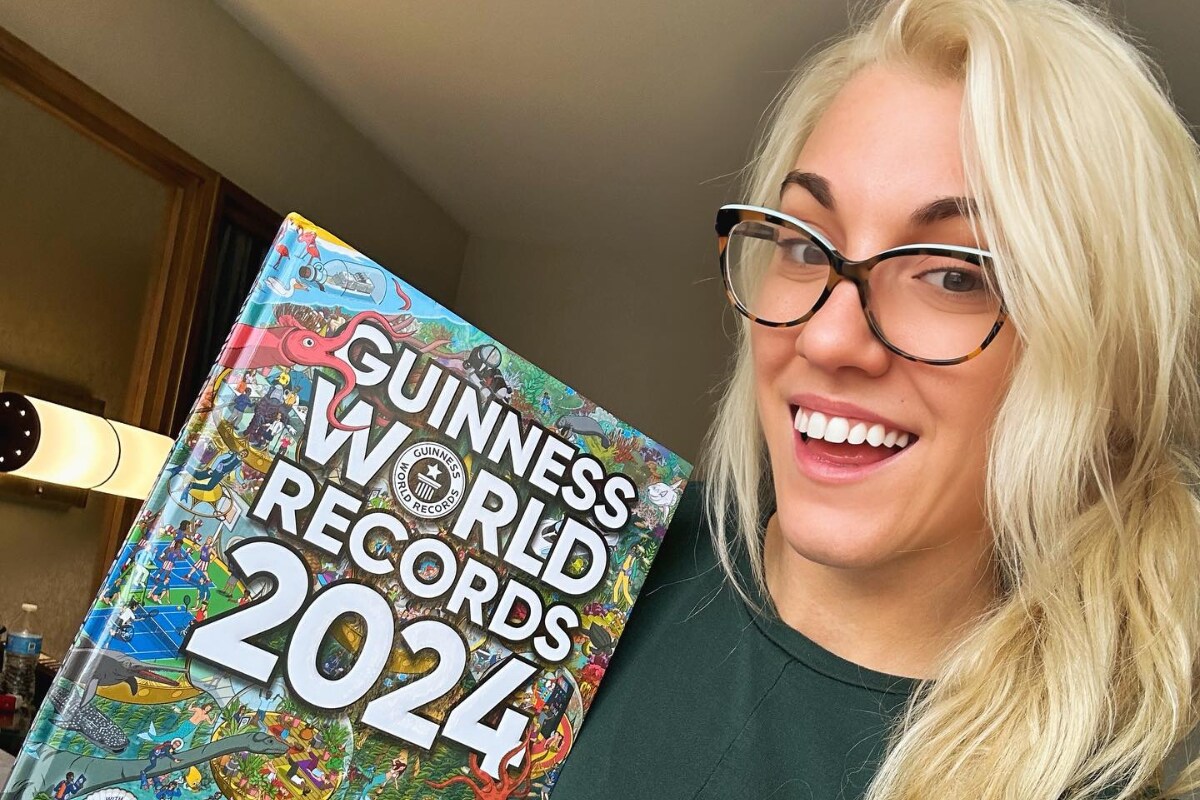
Additional thanks to Jonathan Callahan, Desert Research Institute, Marlin Martínez, University of Washington, and many others. Correction equation work was led by Karoline Barkjohn, EPA. Development work led by Sim Larkin, USFS, and Stuart Illson, University of Washington, in collaboration with the EPA AirNow Team. Forest Service (USFS) led Interagency Wildland Fire Air Quality Response Program, led by Pete Lahm, USFS. Environmental Protection Agency (EPA), led by Ron Evans, and the U.S. This map is a collaborative effort between the U.S. When you click on a large fire incident icon (icon), now the fire perimeter will show on the map, (where perimeter data is available). The EPA has updated its scientific correction equation to provide more accurate sensor data.

Mention of trade names or commercial products does not constitute EPA or USFS endorsement or recommendation for use.EPA will not use the data on this map to make regulatory decisions.

If there is a wildfire in your area, please stay tuned to local authorities for the latest information on fire and smoke safety.The data on the AirNow Fire and Smoke Map are intended to help individuals make decisions to protect their health during fires.
#BURNING FIRE PNG UPDATE#
The EPA and USFS will update the map layers several times during year, as we respond to feedback and work to improve the map. While these sensors don’t meet the rigorous standards required for regulatory monitors, they can help you get a picture of air quality nearest you especially when wildfire smoke is in your area. Fire and Smoke Map: The EPA and USFS have created this map to test new data layers of use during fire and smoke events, including air quality data from low-cost sensors.


 0 kommentar(er)
0 kommentar(er)
